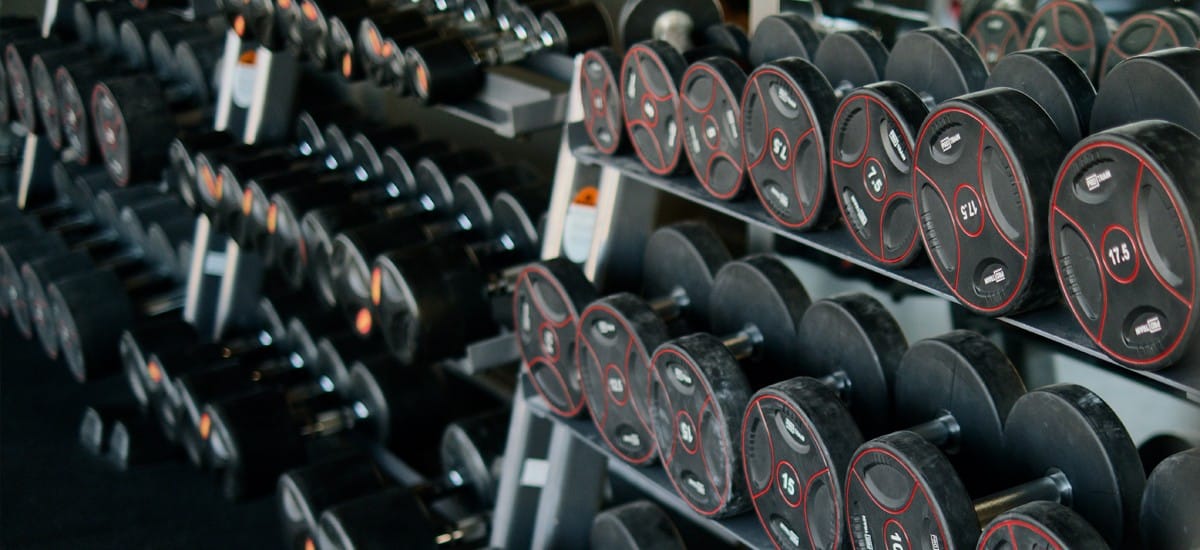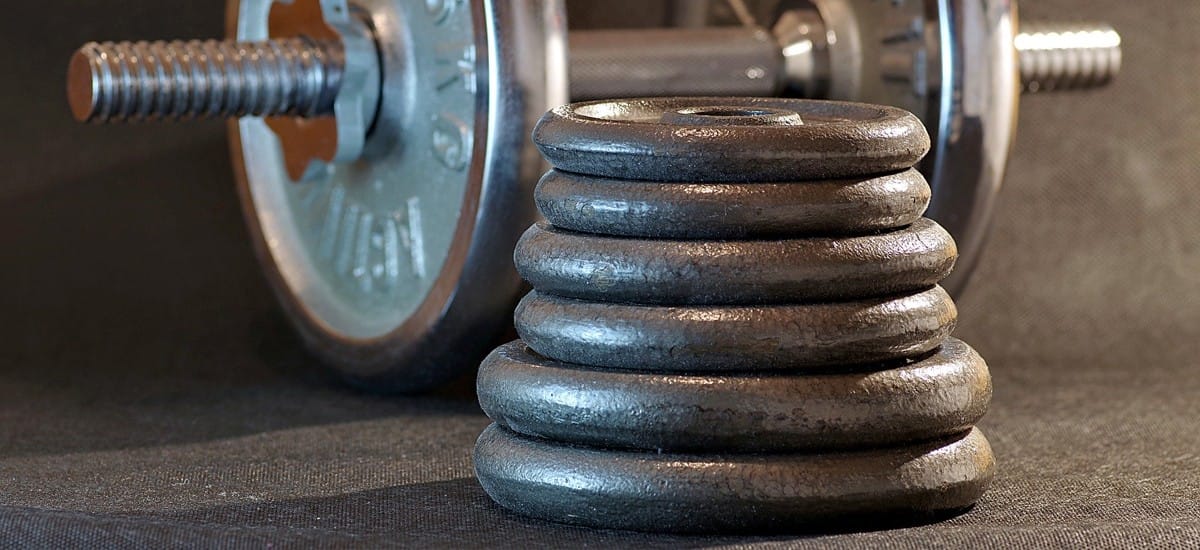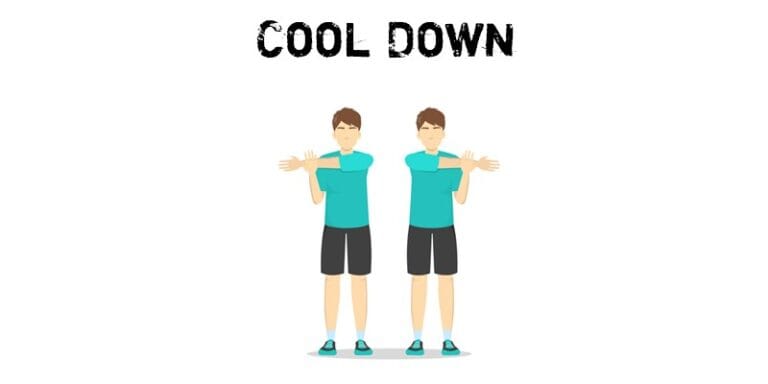Having different training techniques is fundamental to muscle building. The different motions involved in these techniques will help to tear more muscle fibres, which will then repair and promote growth.
A standard technique is counting to 10 reps and repeating this 3-4 times before moving onto the next exercise. Whilst this will have an impact on your body, the results will only be temporary as your muscles will adapt to the stresses and eventually stop responding. It’s therefore important to have a range of techniques in order to keep your muscles under shock and engaged.
In this guide we will review the different techniques and how to implement them.
The Different Training Techniques
As you develop your knowledge of each technique, you can apply them to your own routine.
1. Pyramid Training
There are two types: Ascending pyramid and descending pyramid. To keep it simple, we will look at ascending pyramid training first. This is where you perform the same exercise but reduce your repetitions with each set. Essentially you will treat your weights like a pyramid by starting with a light weight and gradually increasing the weight with each set.
So an example workout may look like this:
- 12 reps + 6kg
- 10 reps + 8kg
- 8 reps + 10 kg
- 6 reps + 12kg
You should aim for a 30-60 second rest in between each set. If you want to increase the intensity you can reduce the rest period below 30 seconds. This technique will fatigue your muscles faster but can lead to an increase in muscle growth.
A descending pyramid is the same thing but in reverse order. You increase the repetitions with each set and reduce the weight. Try to work your way up and then back down the pyramid for a challenge
 Photo Credit: Ivan Samkov | Pexels
Photo Credit: Ivan Samkov | Pexels
2. Supersets
The superset technique is efficient as it allows you to develop multiple muscle groups in a session. To superset, you will perform 2 sets of 2 different exercises with no rest in between.
There are 2 types of supersets: agonist and antagonist. Agonist refers to working the same muscle group back to back. An example is bench press into chest fly’s as both exercises use your chest muscles.
Antagonist refers to working opposing muscle groups. An example of this is bicep curls into tricep kickbacks. The biceps and triceps are located opposite each other in your body. You can combine both push and pull exercises or isolation and compound lifts.
Here is an example antagonist superset using compound lifts:
- Bench Press: 10 reps
- Lateral Pull Down: 10 reps
- Complete 2-4 sets
- Rest for 30-60 seconds between each superset
3. Drop Sets
Drop sets are essentially like the pyramid workout in the sense that you drop the weight with each set, but this time you will aim to complete as many reps possible within each set. These should be added at the end of your exercise in order to work your muscle to maximum fatigue (or failure).
An example workout could look like this:
- Max reps + 10kg
- Max reps + 8kg
- Max reps + 6 kg
- Max reps + 4 kg
 Photo By: Arcaion/Pexels
Photo By: Arcaion/Pexels
4. Spotting (Forced Repetitions)
Spotting is the process whereby you have a partner to support you when lifting heavy weights. You will perform as many reps as you can and when you feel fatigued, the spotter jumps in to support some of the weight so that you can push out extra reps.
One of the most common exercises where you will see this technique is the bench press. After a few reps of lifting heavy weights, you may struggle to push the barbell back on the rack. There is a risk of injury here as you could drop the barbell on your chest. By having a spotter, they can help to support part of the load as you reach your final reps and safely put the weight back.
This technique will push your muscles to fatigue and allow for potential growth. It’s important to remember that you don’t want the spotter to handle all the weight. If this happens it means you should stop, recover, and prepare for another set.
5. Slow Negative Training
The slow negative is the eccentric motion in which you bring the weight back to neutral after it’s been lifted. To do the slow negative technique correctly you will want to extend the length of the lowering phase so it lasts at least 3-5 seconds.
Let’s take the shoulder press as an example:
- Perform the shoulder press by lifting the weight above your head
- Slowly lower the weight back down but take at least 3-5 seconds
- Repeat as many times required
The benefit of this technique is to help your body adapt to an overload of constant weight, targeting muscle growth and strength improvement.
 Image Credit: Ichigo | Pixabay
Image Credit: Ichigo | Pixabay
6. Cluster Sets
Cluster sets are a technique that focuses on low reps and high sets with heavy weights. You will also want to take limited breaks in between each set, usually no more than 30 seconds. The weight should remain the same throughout the exercise.
Here’s an example of different cluster sets below:
- 5 reps x 8 sets
- 6 reps x 6 sets
- 8 reps x 5 sets
The focus here is cumulative fatigue so as you progress you will find it more challenging towards the later sets. This will place your muscles in an exhaustive state which will cause them to repair and grow back stronger.
If you are looking to build your strength you can focus on minimum reps but really max out the weight. You should ensure you build yourself up to this stage to prevent any injuries from happening.




